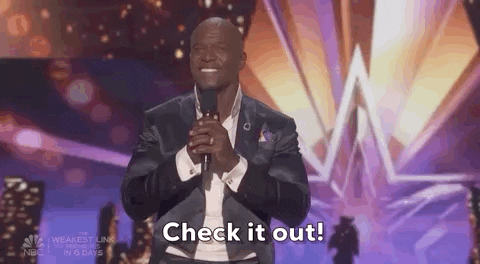This is a Mastodon thread. The original thread is available here:
Intro
🚨 Publication alert! 🚨
Happy to share that “Acyclic Behavior Change Diagrams: A Tool to Report and Analyze Interventions” is now out in Health Psychology & Behavioral Medicine!
You can get it at https://doi.org/jp9t - or read this brief thread to get the main points!
#Psychology #OpenScience #BehaviorChange #InterventionDesign #HealthPromotion #PublicHealth #RStats @rstats@gup.pe
🧵 1/21
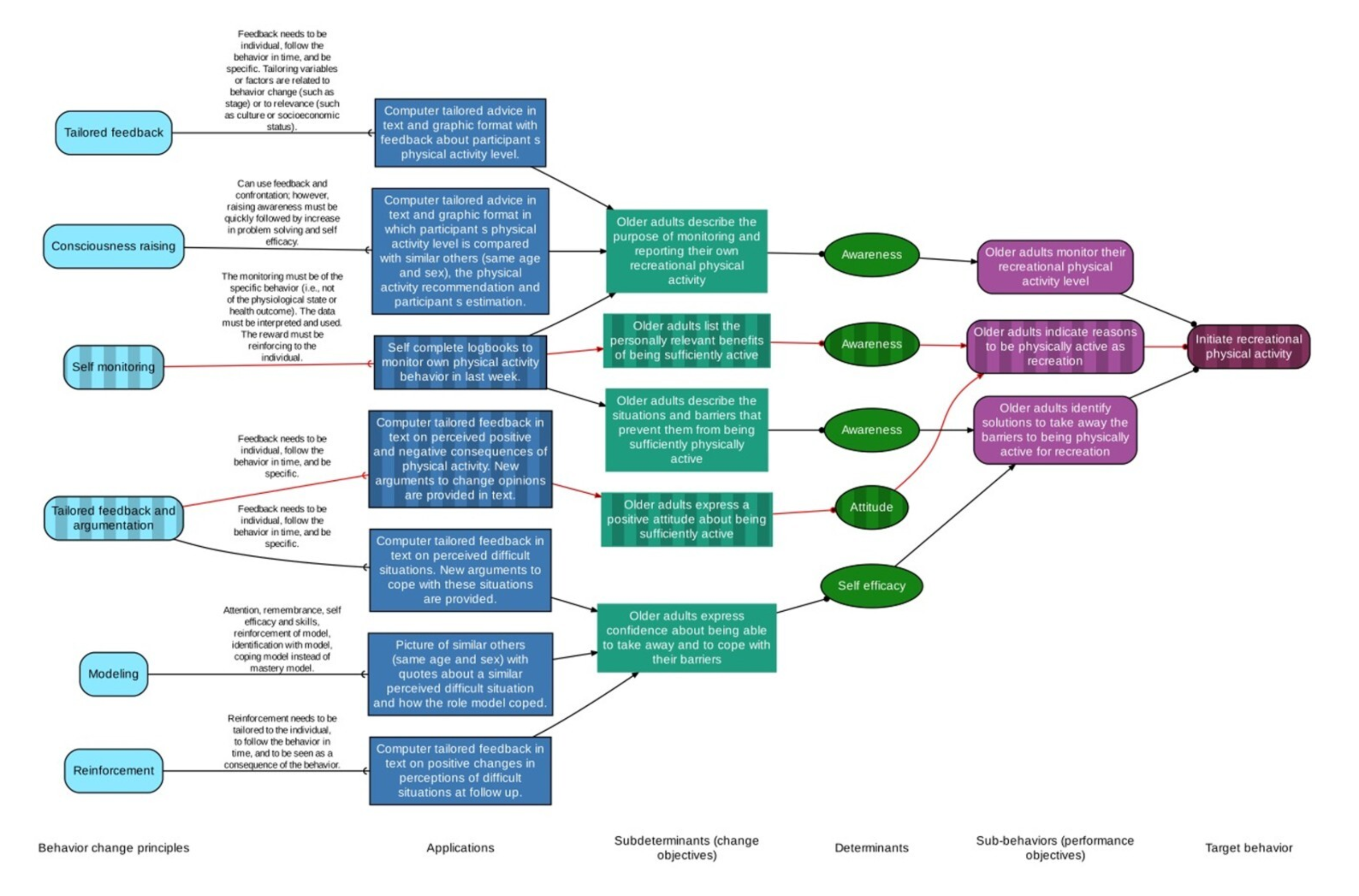
Behavior change is hard
We started creating the ABCD because #BehaviorChange is hard.
That’s because behavior is complicated and the result of many psychological constructs or behavioral determinants.
There’s no list of a number of ‘tricks’ you can use for behavior change: instead, interventions often have multiple components, targeting multiple determinants on multiple levels.
🧵 2/21

Intervention content is inadequately reported
This complexity means that accurate, comprehensive and transparent communication about what an intervention uses to target which psychological constructs (determinants) is vital.
However, research by De Bruin et al. (2021; https://doi.org/ggjwbg) has shown that only about a quarter to a third of the behavior change techniques (BCTs) in interventions are reported.
This is a big problem for replication and for evidence synthesis: in short, for cumulative science.
🧵 3/21
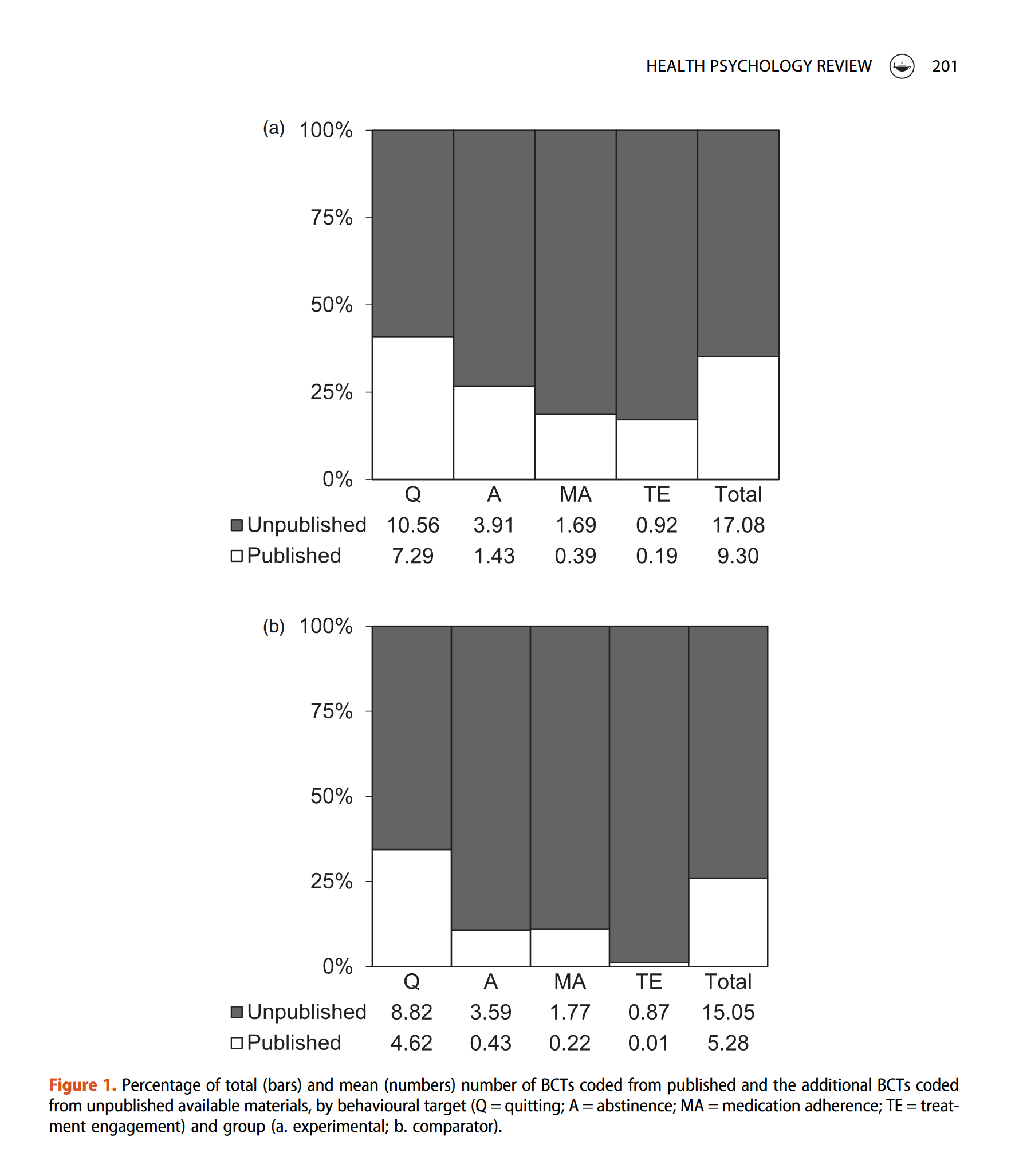
Causal-structural chains
Acyclic Behavior Change Diagrams (ABCDs) aim to address this problem, and in addition, provide a tool to support intervention development.
ABCDs are not an intervention development framework (such as #InterventionMapping, the #BehaviorChangeWheel, or #SocialMarketing), but they complement such frameworks by providing a tool to document and communicate about the assumptions underlying an intervention.
We call these assumptions the causal-structural chains.
🧵 4/21
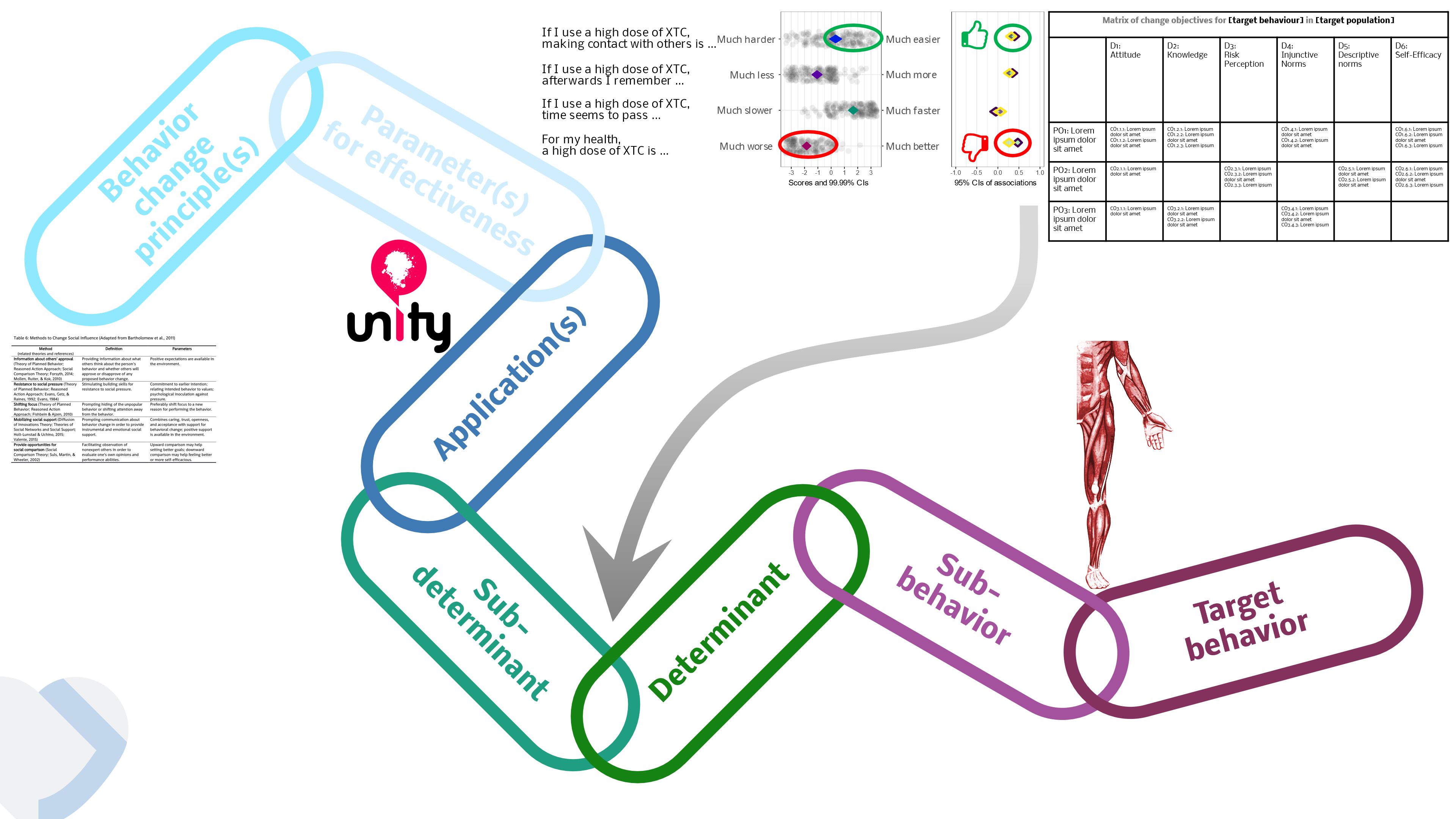
Causal-structural chains end with the target behavior. The preceding links are sub-behaviors, because target behaviors are often defined at a generic level (e.g., “healthy diet”, “safe sex”, or “sufficient exercise”).
Sub-behaviors are caused by determinants: psychological constructs such as attitude, habit, or skill, norms (another link). The 4th link is central: sub-determinants, which are concrete, specific, context-dependent ‘sub-constructs’ comprising or causing the determinants.
🧵 5/21
Where determinants are defined on the generic level (and are studied across populations, behaviors, and contexts), they are usually assumed to describe representations that are much more specific and concrete, and very by population, context, and behavior (e.g, “If I drink too much, I will get a hangover” or “Nobody I know was vaccinated”).
This distinction is important because intervention content (e.g. messages) necessarily exists on the sub-determinant level.
🧵 6/21
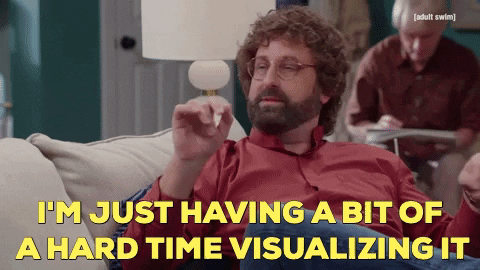
These last four links describe the assumptions about why people do what they do: which parts of their psyche an intervention targets, and so are considered the most important (e.g., habits, attitude, impulse control, self-efficacy, etc).
This is one half of why intervention developers believe that an intervention will change behavior.
🧵 7/21
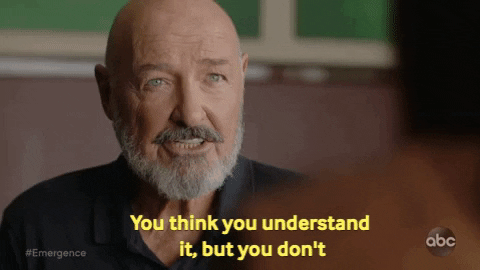
The other half describes the assumptions about what can change what.
Specifically, which behavior change principles (also known as behavior change techniques, BCTs, or methods of behavior change) will be used to target which sub-determinants (and so, which determinants).
These behavior change principles form the first link of each causal-structural chain: they make change possible in the first place.
🧵 8/21
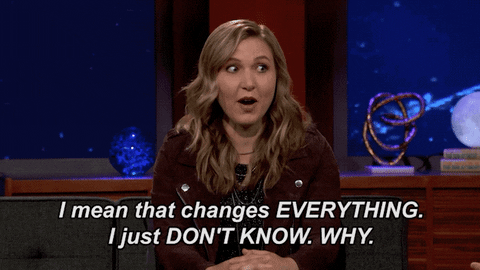
The second link of the chain is formed by the so-called “parameters of use” of the behavior change principle. These conditions for effectiveness describe which conditions have to be satisfied for the behavior change principle to “work”.
The why & how of this is more complicated; see the manuscript for details 😬
But they’re very important, and therefore, so is the second link of the causal-structural chains that make up Acyclic Behavior Change Diagrams.
🧵 9/21
Then we get to the final link of the causal-structural chain.
This 3rd link connects the behavior change principles (link 1) that aim to target the sub-determinants (link 4), while securing the conditions for effectiveness (link 2), and ultimately changing the determinants (link 5).
The 3rd link are the applications: the tangible, concrete parts that make up the intervention. Any given BCP can be implemented in a (practically infinite) variety of applications.
🧵 10/21
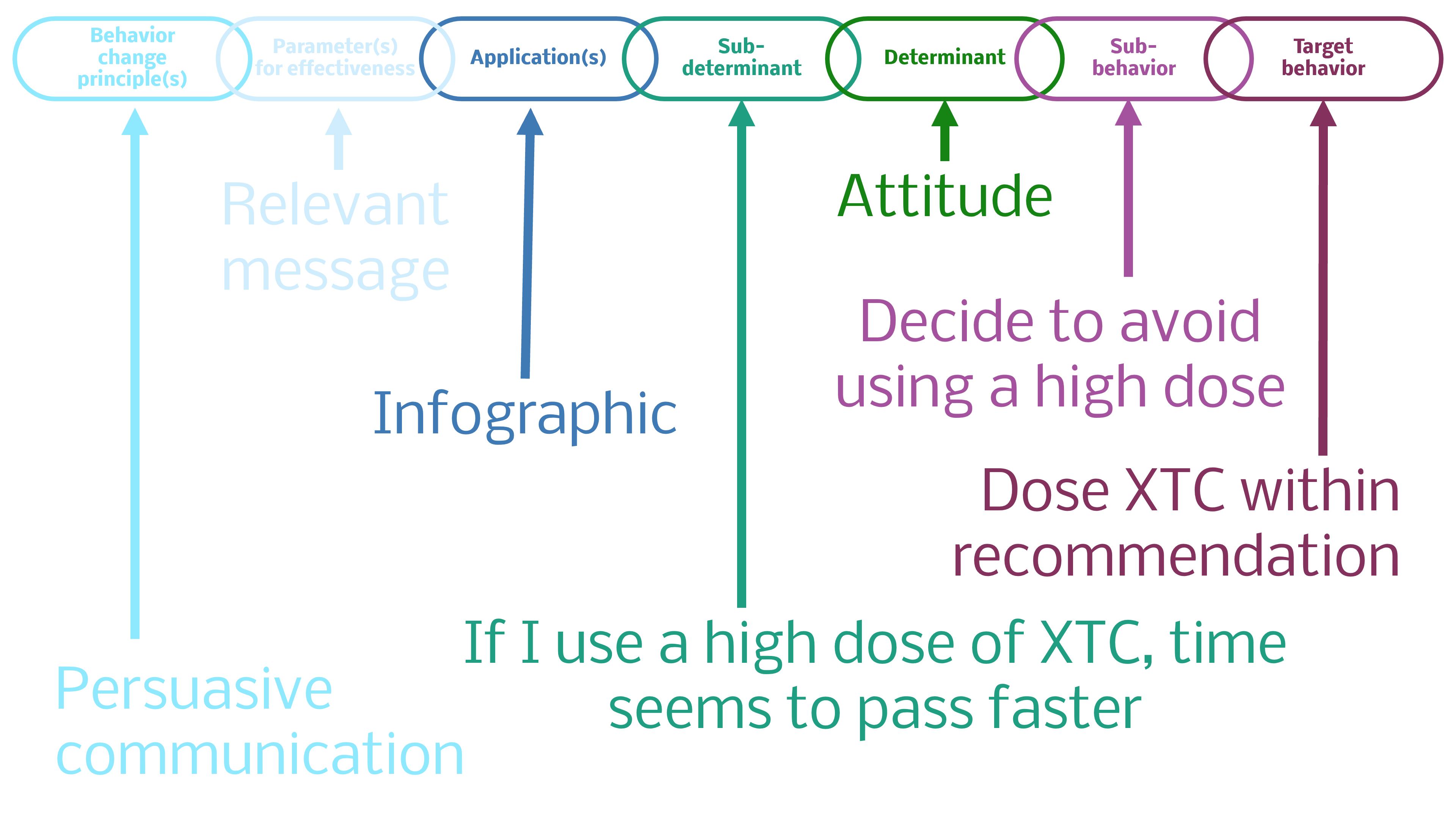
Interventions as a set of chains
Each casual-structural chain represents one path through which the intervention could have (a bit of) effect.
Any intervention is based on multiple such chains. The more chains there are, the larger the accumulative effect.
If one of the links in the chain is broken, for example because a sub-determinant isn’t important for a behavior, or because a behavior change principle cannot change the determinant it targets, that chain can no longer contribute to the intervention’s effect.
🧵 11/21
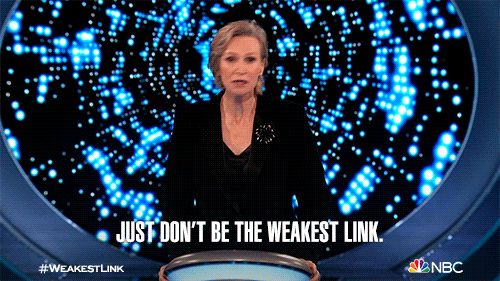
Acyclic Behavior Change Diagrams (ABCDs)
In other words: it’s important to have a clear idea of these causal-structural chains, to critically reflect on these assumptions, and to communiate them transparently and accessibly.
Acyclic Behavior Change Diagrams help you to achieve both goals.
ABCDs are intuitive visualizations of the causal-structural chains that represent the assumptions about why an intervention would work.
This facilitates communication about an intervention, during development as well as in articles.
🧵 16/21
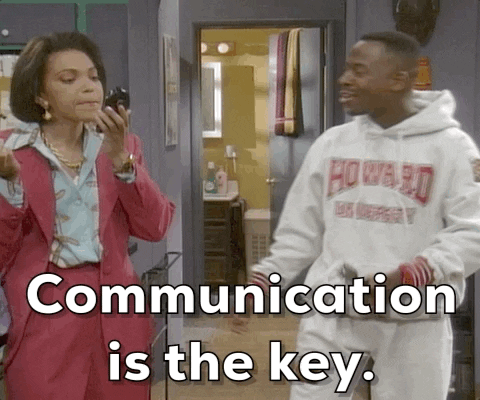
ABCD matrices
But - ABCDs have a second purpose. They are generated from so-called ABCD matrices.
Especially researchers who have done a #SystematicReview or two about behavior change interventions will appreciate the ABCD matrices, because ABCD matrices are machine-readable.
This means no more coding of BCTs - and guaranteed exhaustive and 100% accurate specification of BCTs!
It also means you know exactly which (sub)behaviors an intervention was designed to target, and which (sub)determinants.
🧵 17/21
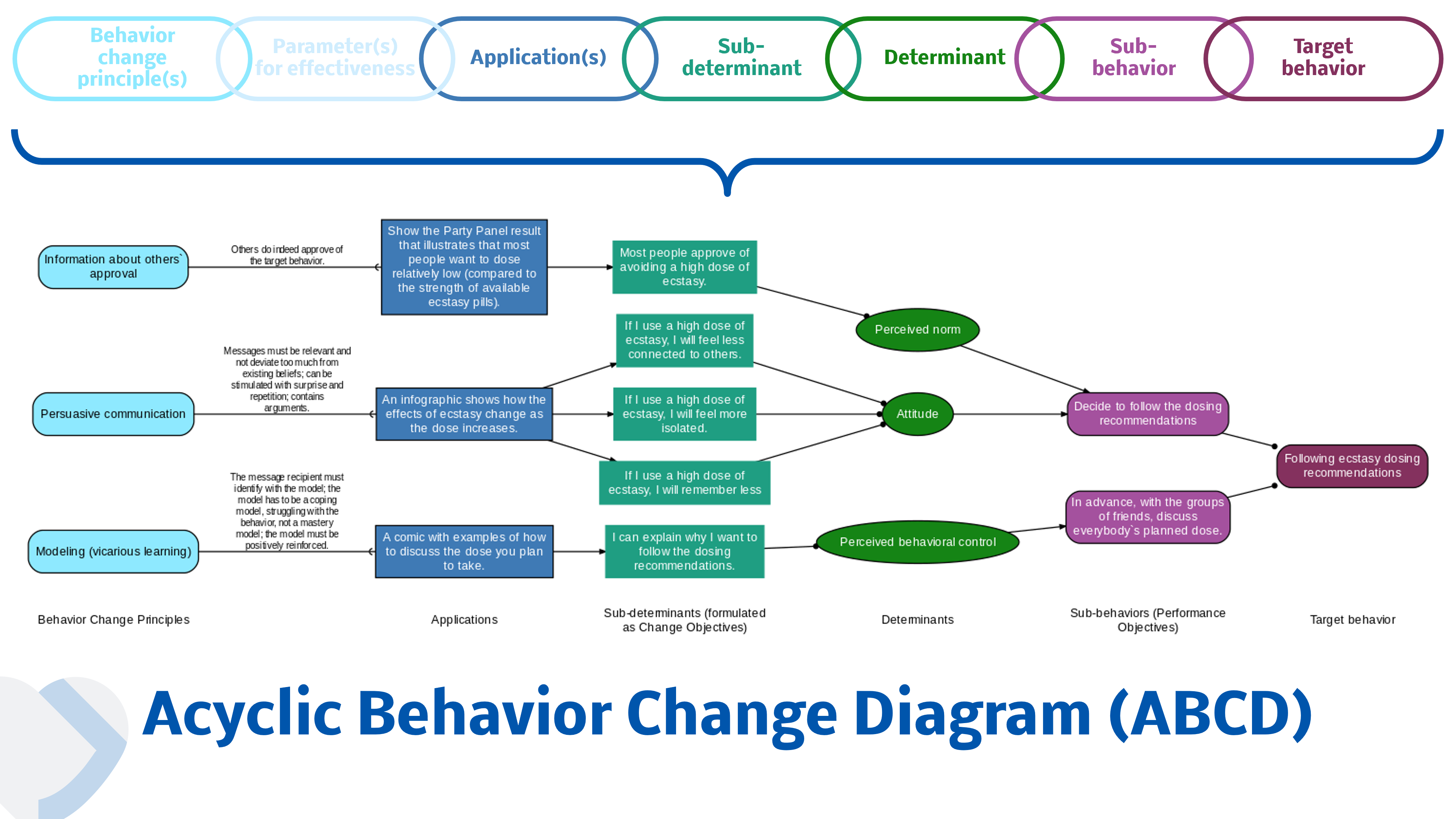
An ABCD matrix is a table with seven columns, where each row represents one causal-structural chain, from a
1️⃣ behavior change principle (BCT) with its
2️⃣ corresponding conditions for effectiveness, as implemented in
3️⃣ a practical, tangible Application, which targets
4️⃣ a given concrete, contextualize sub-determinant, that is part of
5️⃣ a determinant (a psychological constructs), which causes
6️⃣ a sub-behavior, which together with other sub-behaviors forms
7️⃣ the ultimate target behavior.
🧵 18/21
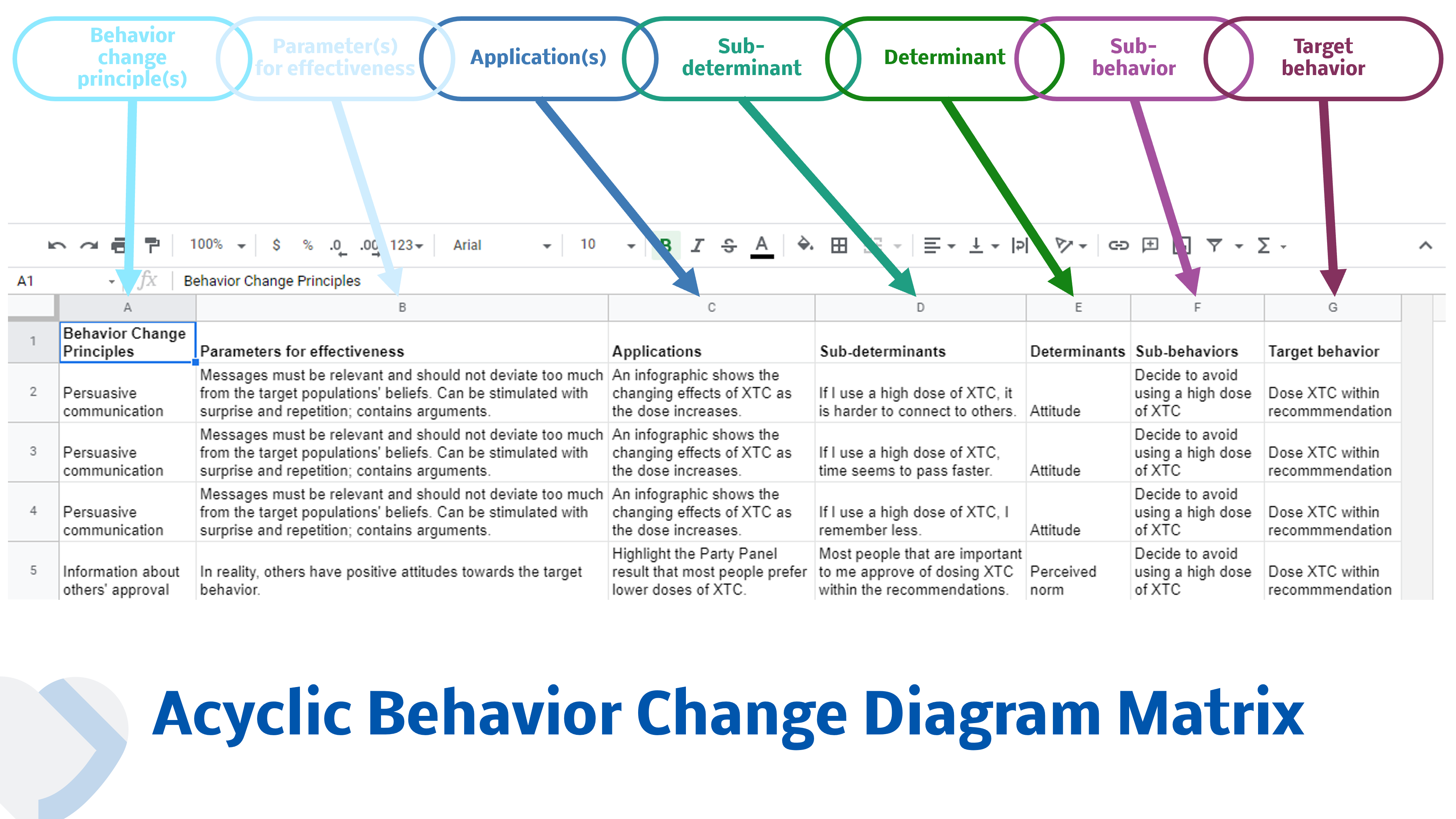
Creating an ABCD yourself
The ABCD matrix is also how you produce an ABCD. We created a function “abcd()” in the {behaviorchange} :rstats: 📦, as well as added a function to the “behaviorchange” jamovi module, but, most importantly, Luke McGuinness (https://www.lukemcguinness.com/) created an R Shiny app!!!
It’s at https://a-bc.eu/apps/abcd, and allows you to upload an .xlsx file or import directly from Google Sheets!
🧵 19/21
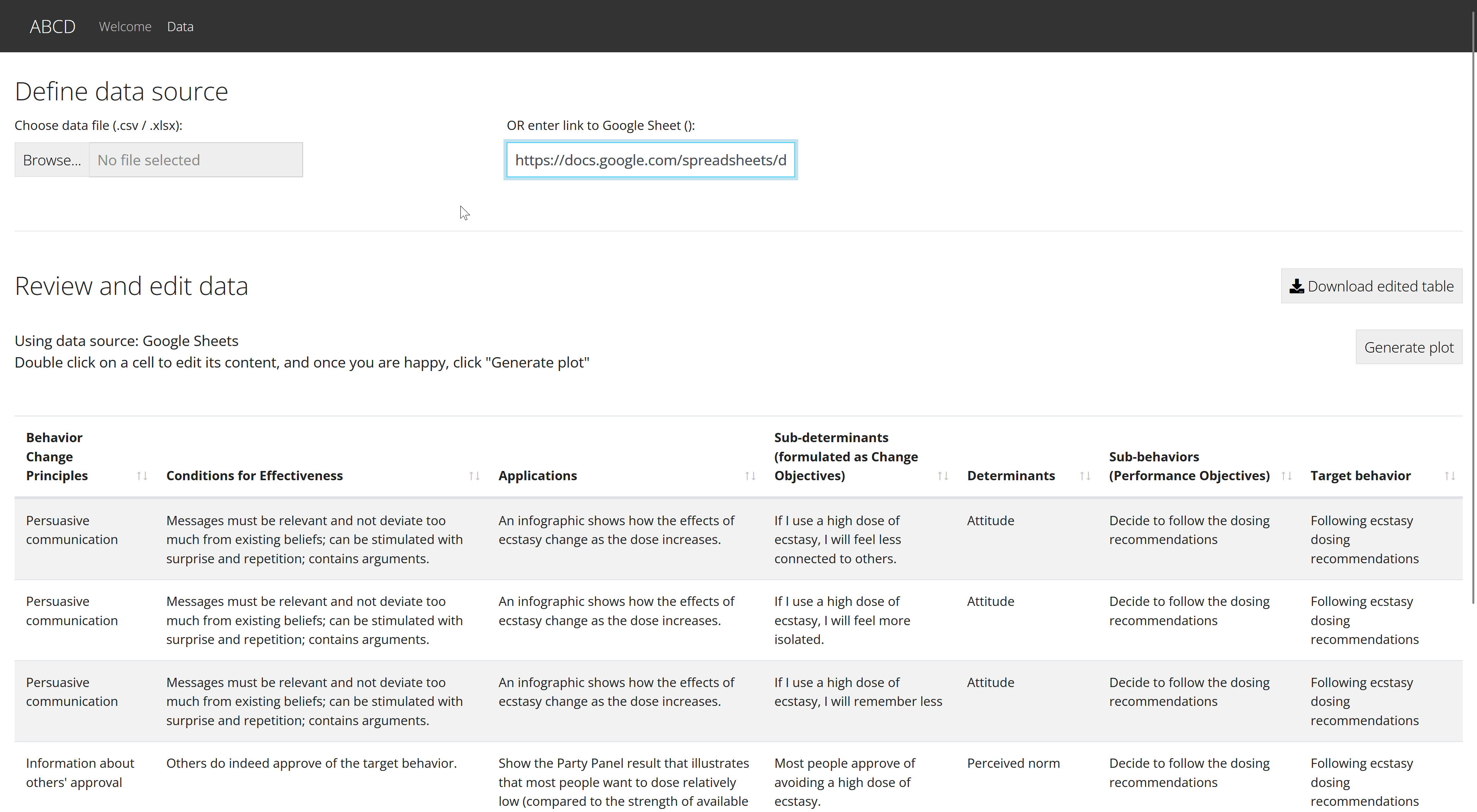
Once you imported an ABCD matrix, you can produce the Acyclic Behavior Change Diagram itself, and then download it as .PDF, .PNG, or .SVG.
If you download it as .SVG, you can then edit it using, for example, InkScape (@inkscape@mastodon.art), to emphasize certain elements.
The defaut colors are based on a color scheme to help students distinguish between these seven central behavior change concepts, by the way (from another project) 🎨
🧵 20/21
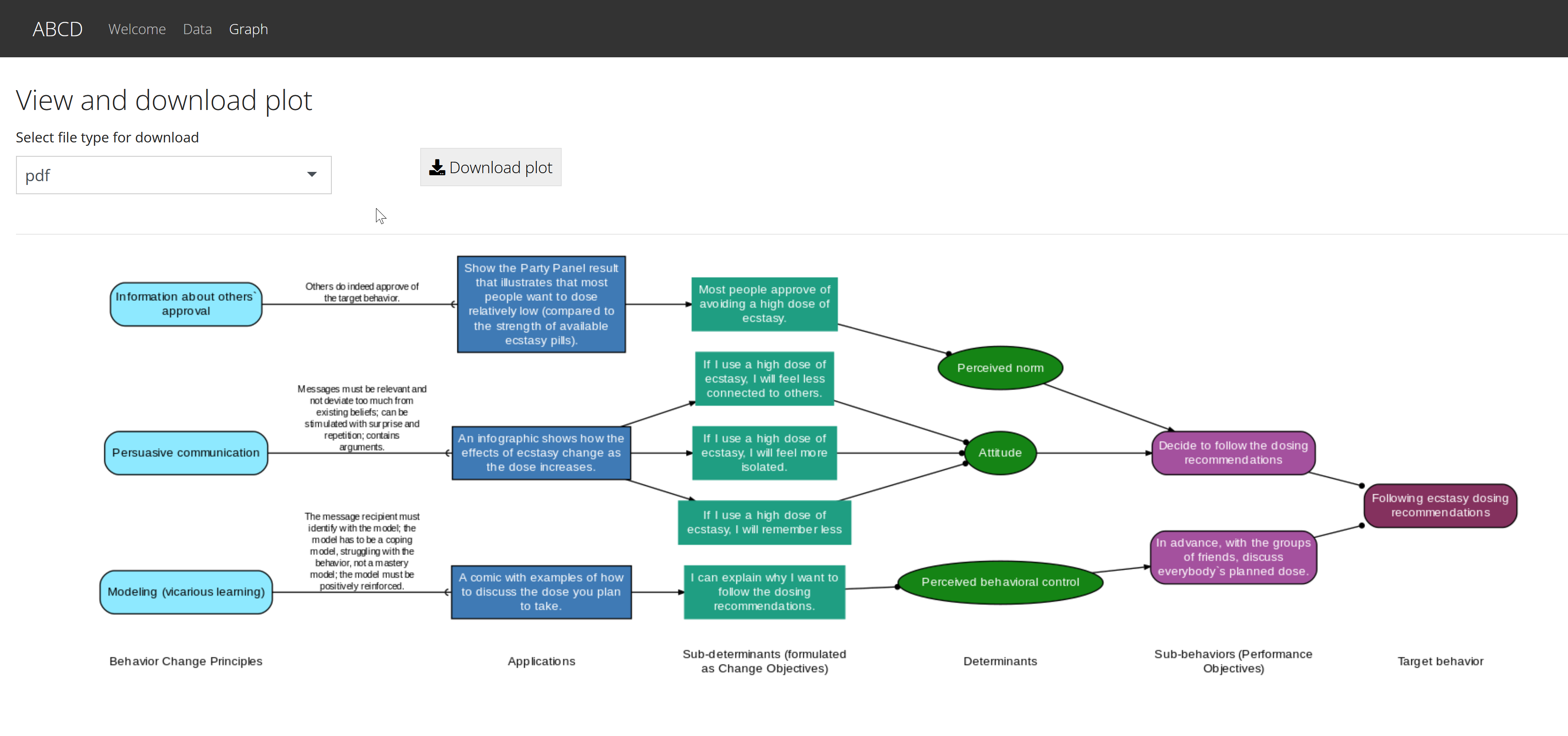
Hopefully, ABCDs can help you maintain an overview of the assumptions in your interventions; help discuss interventions with stakeholders; and help to transparently and machine-readably report intervention contents.
There’s a whole thread just about the Shiny app here: https://mastodon.nl/@matherion/109338006503804990
Also, the manual page for the R function is available at https://behaviorchange.opens.science/reference/abcd.html
Oh, and the article is at https://doi.org/jp9t
🧵 21/21
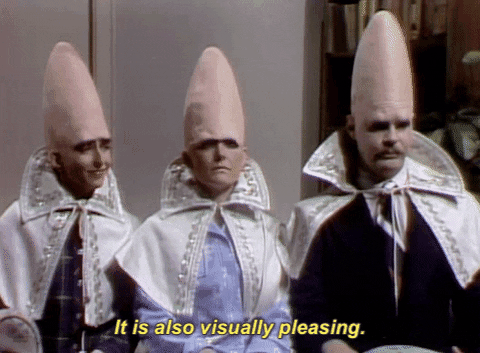
Example of an ABCD in the wild
Oh, and I forgot, stupid of me: Gido Metz, the amazing first author of this paper, also published an example where the ABCD was applied to an intervention, so check out https://doi.org/jqmc for a real-world example.
🧵 22/21
